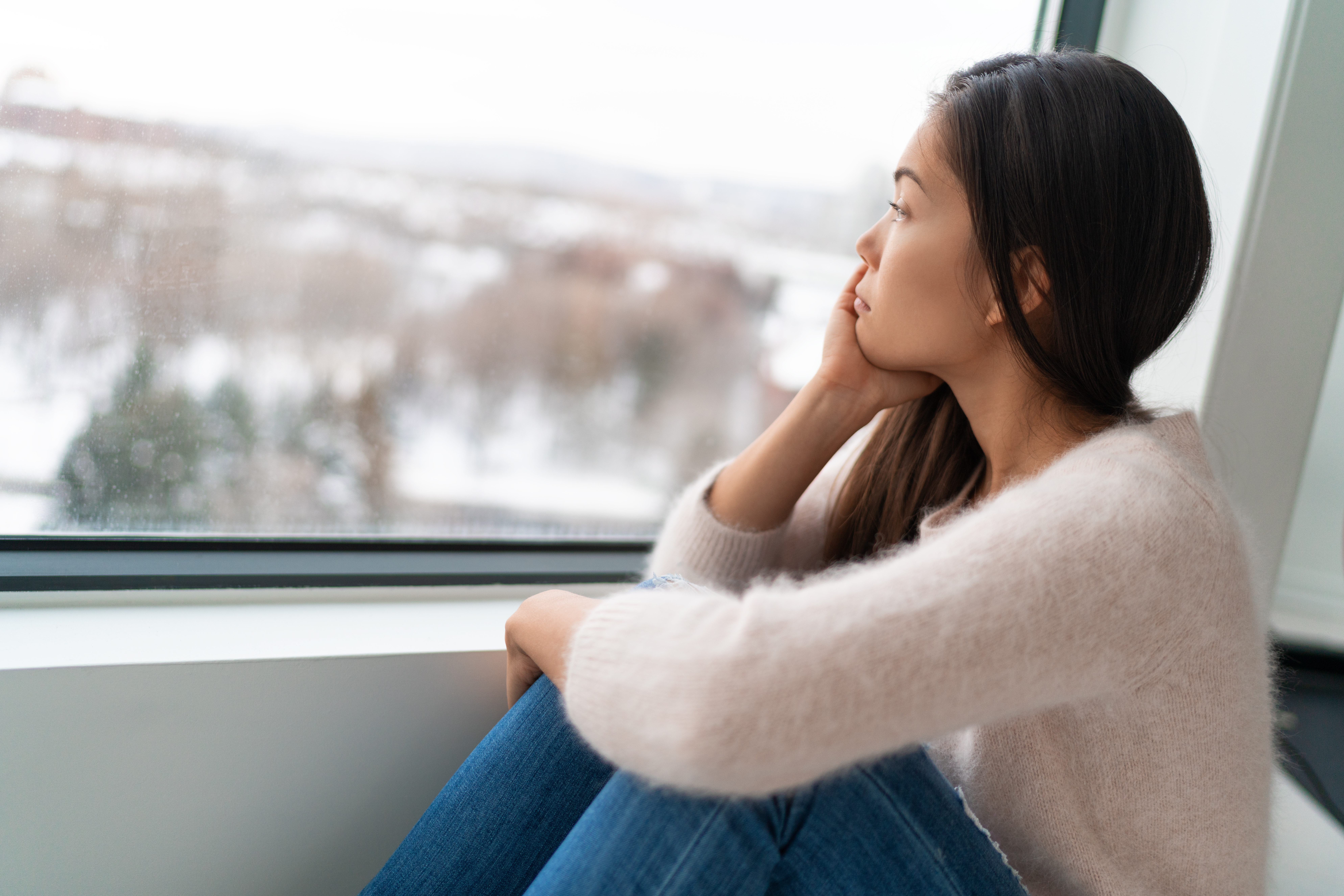NatMed Condition Series: SAD
February 2025Interest in therapies to combat seasonal affective disorder (SAD) is high now that the holidays are over. Anticipate questions about this and be prepared with the latest evidence.
Light therapy remains a good option, with strong evidence of benefit. Meta-analyses of clinical research show that using bright light therapy for 30 minutes to 3 hours daily at a brightness of 3,000 or 10,000 lux is effective for reducing symptoms of SAD – some research shows that it might be as effective as fluoxetine 20 mg daily. It’s believed to both inhibit melatonin secretion and increase serotonin and norepinephrine levels. Tell patients to place therapy lamps 1-1.5 feet away from their face, and suggest they use it in the morning rather than the evening to best mimic natural sunlight.
Patients might also ask about vitamin D. One small study suggests that taking vitamin D2 100,000 IU as a single dose reduces symptoms of SAD after one month. But these findings are limited due to lack of a control group. For now, tell patients it’s not clear if vitamin D will help.
Lastly, you may get questions about melatonin – people with depression symptoms might have an altered circadian rhythm and low levels of melatonin. While it might benefit patients battling insomnia, evidence related to SAD is mixed. Some early clinical research shows that taking melatonin 0.25-2 mg by mouth daily for 3 weeks might reduce depression symptoms from SAD. But other research shows that taking sublingual melatonin 0.5 mg daily for 6 days doesn’t help. Advise trying therapies with stronger evidence of benefit, like light therapy, over melatonin.
Review our Comparative Effectiveness chart for details on other studied therapies.
